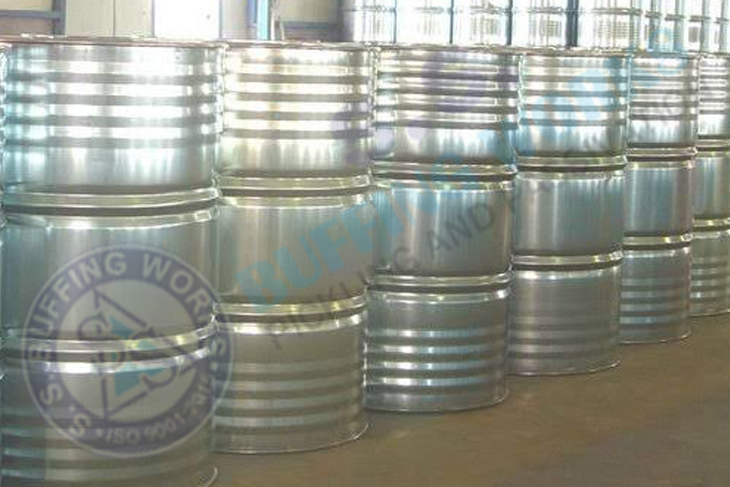During the pickling process of aluminium:
1) the above mentioned contamination is removed from the aluminium surface to make it suitable for the possible application of a conversion coating;
2) the surface is given a uniform, mat or semi-mat appearance.
After the pickling process of aluminium, rinsing with demineralised water takes place so the aluminium protects itself against corrosion by oxidation with the oxygen in the air. As a result it is possible to process the aluminium, also if no conversion coating is applied. This process of natural oxidation is called passivation.
“How does the aluminium pickling and passivation process work? Aluminium is an amphoteric metal, meaning the metal dissolves in either an acid or alkaline environment. This also applies for aluminium oxide (Al2O3).”
If no or only part pickling/passivation takes place, the aluminium will be insufficiently protected.In this situation, depending on whether further treatment of the aluminium takes place, the following will occur:
1) If no further treatment of the aluminium is planned:
The aluminium does not have good corrosion resistance because there is no fully sealing oxide skin on the metal. All sorts of inclusions in the oxide skin can, certainly in a moist environment, initiate corrosion so aluminium oxides (white deposit) originate on the aluminium surface. This process accelerates itself.
2) If further treatment (application of a conversion coating) of the aluminium is planned:
Because there is still contamination on the surface (due to no or poor pickling) the application of a good conversion coating is impeded by corrosion below the conversion coating and poor adhesion to the aluminium.
It is accordingly of the utmost importance to have a completely clean oxide skin before applying a conversion coating. The aluminium is then in optimal condition for further chemical treatment.
